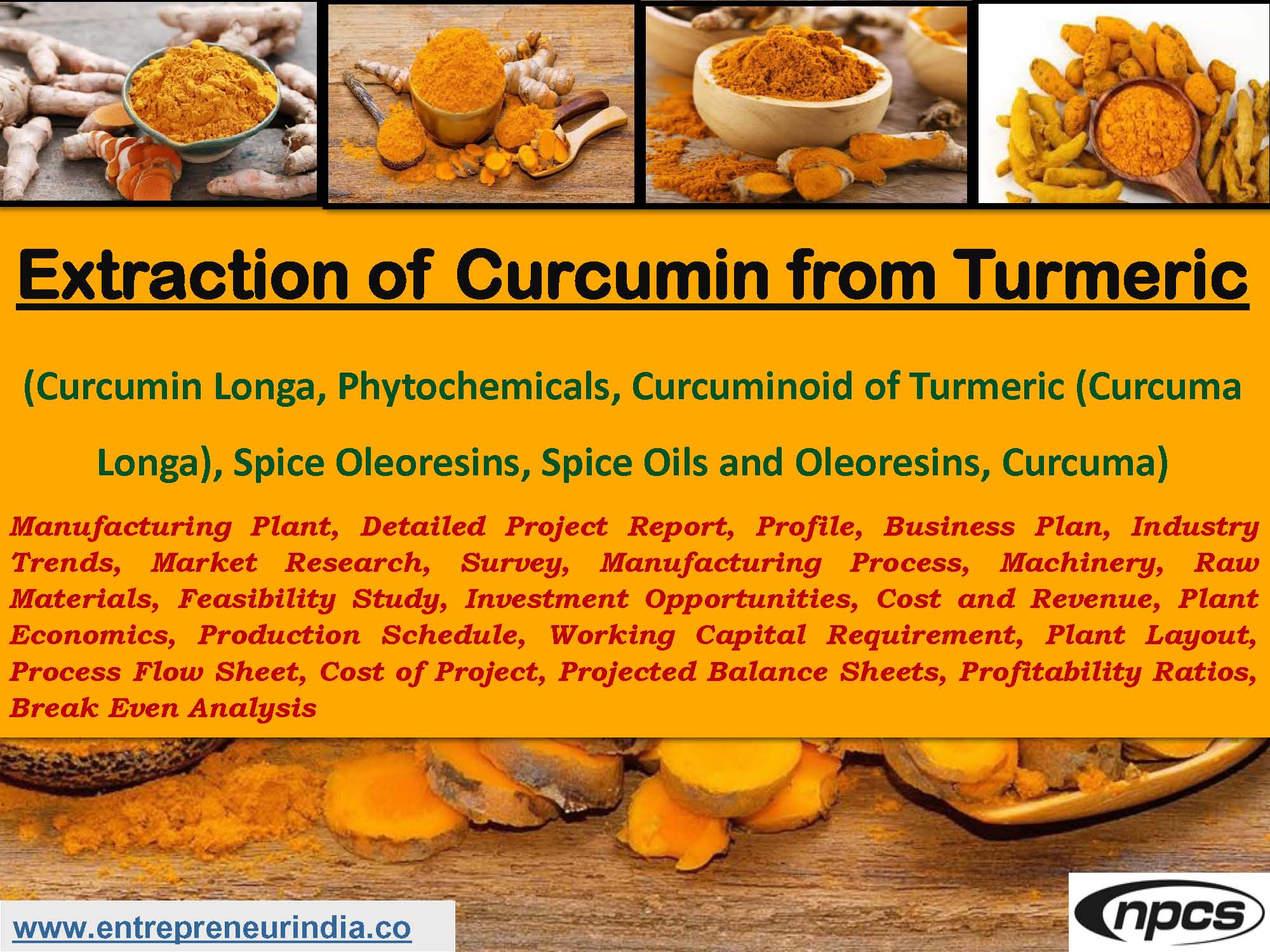
Turmeric (Curcuma longa) is one of India’s most valued medicinal herbs, used for centuries in Ayurveda and traditional healing systems. Its bright yellow pigment—curcumin—is a powerful compound known for anti-inflammatory, antioxidant, and therapeutic effects. Today, curcumin extraction is a booming business globally, driven by demand in pharmaceutical, food, cosmetic, and nutraceutical industries.
India, being the largest turmeric producer, is ideally positioned for establishing profitable curcumin extraction and manufacturing plants.
See More : PP/HDPE Woven Bag
Curcumin Extraction Process: Step-by-Step
The process of extracting curcumin involves isolating curcuminoids from dried turmeric roots or powder. Most extraction units use ethanol or acetone solvents, while modern setups may opt for supercritical CO? or ultrasound-assisted extraction for higher purity.
After cleaning and drying turmeric rhizomes, they are ground into powder. This powder is then mixed with a solvent to dissolve the curcumin. The solution is filtered, and the solvent is evaporated, leaving behind a thick curcumin-rich concentrate. This concentrate is further dried and packaged as powder or crystals.
Curcumin extraction can yield up to 95% pure curcuminoids when done with precision, making it suitable for export-grade nutraceuticals and herbal medicines.
Raw Materials and Machinery Needed
To start a small to medium-scale curcumin extraction business, you’ll need the following:
-
Raw turmeric rhizomes (preferably high-curcumin varieties like Salem or Rajapuri)
-
Solvents such as ethanol or acetone
-
Equipment: Pulverizer, extractor, distillation unit, filter press, vacuum dryer, packaging machine
-
Quality testing lab: HPLC or TLC-based purity check system
Around 25–30 kg of turmeric powder is required to extract 1 kg of curcumin at 90–95% purity. The investment in machinery depends on the method—traditional solvent methods are cheaper, while CO?-based extraction is cleaner but expensive.
Market Demand and Export Potential
There’s strong global demand for curcumin as a functional ingredient in dietary supplements, cancer research, and cosmetic formulations. Countries like the USA, Germany, Japan, and UAE are major importers of pure curcumin extract from India.
India already leads global exports of turmeric powder and extract, and high-purity curcumin extraction products are especially in demand among nutraceutical brands and pharma companies.
Branding and Packaging
If you’re creating a consumer brand, consider offering capsules, powders, or infused teas. Highlight features like:
-
“95% Curcuminoids”
-
“CO? Extracted” (if applicable)
-
“Solvent-Free”
-
“GMP Certified Facility”
Proper branding not only ensures trust but also helps in positioning your product for online marketplaces like Amazon, Flipkart, or 1mg.
Government Support and Licensing
You’ll need:
-
FSSAI license (for consumables)
-
AYUSH license (for Ayurvedic use)
-
Udyam MSME registration
-
Pollution control clearance (especially for solvent handling)
Financial assistance may be available under PMEGP, MUDRA loans, or AYUSH ministry initiatives focused on herbal products and curcumin extraction.
See More : PP woven sacks
Conclusion
Setting up a curcumin extraction unit from turmeric in India is a smart and sustainable business opportunity. With rising health awareness, global demand for natural products, and India’s leadership in turmeric cultivation, manufacturers can tap into high-margin B2B and export markets.
By maintaining quality, purity, and compliance, you can build a reliable curcumin supply chain and scale your business quickly.





